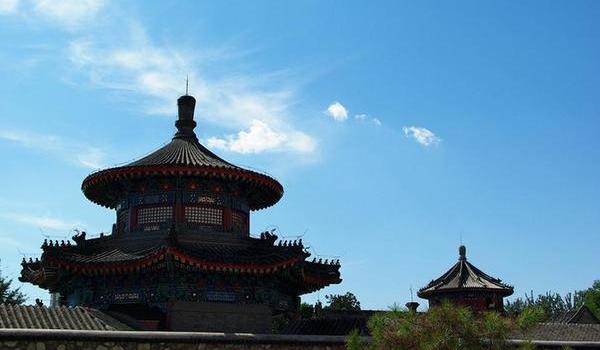 |
|
Blue sky in Beijing[photo/chinadaily.com] |
Leaders see slump as chance to clean economy
Now that the country can tolerate slower growth and has completed its once-a-decade leadership shuffle, China has an opportunity to promote a greener development.
The nation has set a target of 7.5 percent for growth in 2013. Slower growth is believed to create a chance to optimize China's energy and resource mix in favor of a more efficient, low-carbon model.
In the past three decades, China has made tremendous progress toward achieving inclusive growth, but major reforms are needed to ensure a fourth decade of rapidly converging living standards and a greener economy, said the OECD's latest Economic Survey of China 2013.
"We are encouraged by the new leadership's policy vision and welcome its emphasis on initiatives to make growth not only strong but also inclusive and sustainable over the years ahead," said OECD Secretary-General Angel Gurra.
OECD's key policy recommendations for China to move toward greener growth include deregulating energy prices and taxing carbon.
While true costs of production and consumption, as well as the scarcity value should be considered as a vital standard for setting prices of energy and natural resources in China, impact on inflation remains an important concern for the government.
The target for annual inflation is set at 3.5 percent in 2013, leaving a "window period" for the long awaited pricing system reform, one key to China's energy reforms, said Lin Boqiang, director of the Center for Energy Economics Research at Xiamen University.
Oil pricing reform
Oil pricing reform is in the pipeline. The National Development and Reform Commission announced earlier this month it would move to reform the oil pricing mechanism by shortening the current 22-day adjustment period and canceling the 4 percent limit.
Planners also consider it urgent to accelerate pricing reform of electricity, natural gas and water to improve energy efficiency and address challenges facing China's environment.
Instead of the administrative mechanism, a market-based system should be put into place for adjusting prices, said Wen Guifang, an economist at the Institute of Finance and Trade Economics of the Chinese Academy of Social Sciences.
Price is the most effective lever for pushing enterprises and consumers to conserve energy, said Wen.
The price of water, coal and other natural resources should include a pollution tax to reflect the environmental costs caused during their use and let the polluters pay their fair part, said Wen. Other effective market mechanisms, such as carbon trading, will play a key role in improving energy efficiency and reducing carbon dioxide emissions per unit of GDP.
Carbon trading
China has embarked on pilot carbon trading projects in such cities as Beijing, Shanghai and Guangdong province. Carbon trading is expected to gradually be expanded nationwide.
In addition, more stringent national standards for green buildings, urban design and motor vehicle emissions and fuel quality will be set.
Xie Zhenhua, China's top official for climate change, said the recently enunciated goal of building "a beautiful China" provided a political guarantee for the country's emissions reduction target for 2020.
From 2011 to 2015, the country aims to cut its energy intensity by 16 percent and carbon intensity by 17 percent from the 2010 levels.
The central government has vowed that political, social and cultural progress will be balanced with the environment and that sustainable development will be pursued through a low-carbon economy.
"If we go for those goals and follow that path, we will be able to make progress on the environment and inject new vitality into China's efforts to address climate change," Xie said.
China has built some strengths in terms of green development. The efficiency of coal-fired plants has been greatly increased, and China has the world's leading capacity for renewable energy generation.
China invested more than 1 trillion yuan ($161 billion) to fulfill its target for energy conservation and emissions reductions between 2006 and 2010. More than double that will be invested for the period 2011-15.
lanlan@chinadaily.com.cn
